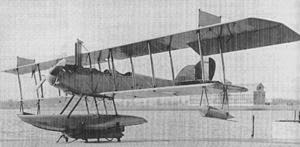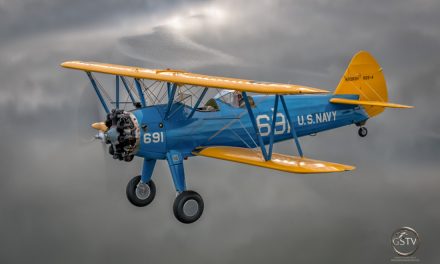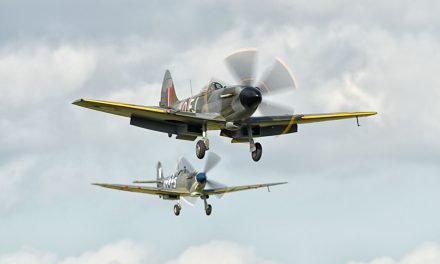
Originally shared by FRANCISCO “CYBERCAFE SOMAR” RAMOS RAMOS
The Curtiss N-9 was a floatplane variant of the Curtiss JN-4 “Jenny” military trainer used during World War I by the United States Navy. As a seaplane, the N-9 was equipped with a single central pontoon mounted under the fuselage. A small float was fitted under each wingtip. With the additional weight of the pontoon, a number of structural and aerodynamic changes were required, the design of which made use of wind tunnel data developed at the Massachusetts Institute of Technology, meaning the N-9 was the first American naval aircraft to incorporate wind tunnel data directly into its design. The wingspan was stretched an additional ten feet (three meters), the fuselage was lengthened, the tail surfaces were enlarged, and stabilizing fins were added on top of the upper wing. The N-9 was initially powered by a 100 hp (75 kW) Curtiss OXX-6 engine.





Recent Comments